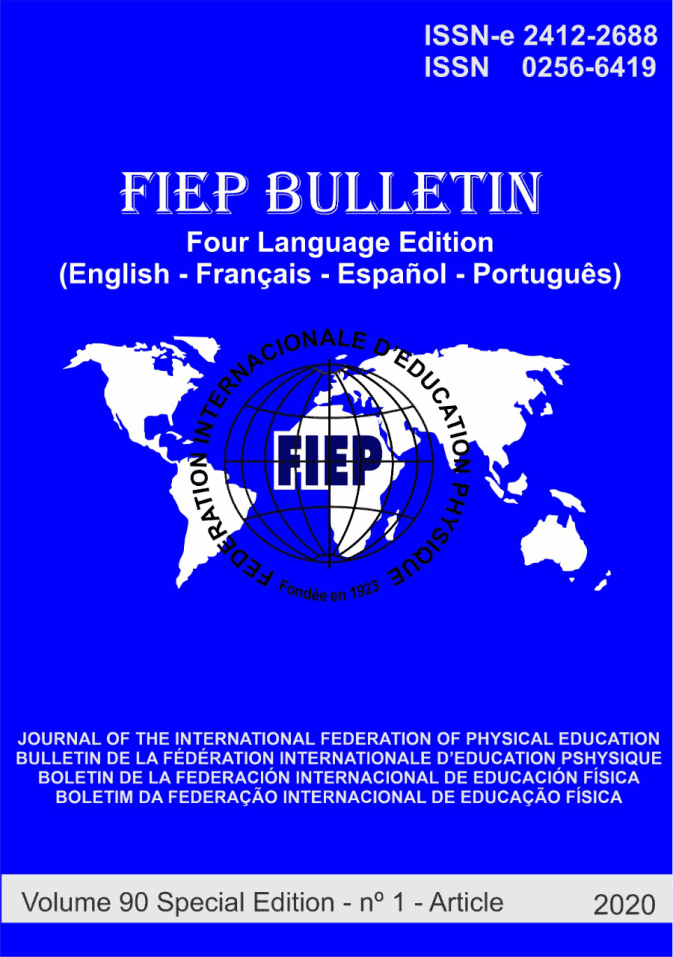“FOLDING BODIES”: THE HISTORY OF CHIKUNGUNYA EPIDEMICS AND OUTBREAKS IN BRAZIL.
Palavras-chave:
Body, Chikungunya, EpidemicsResumo
The aim of this paper is to analyze the history of chikungunya epidemics and outbreaks in Brazil. Outbreaks and epidemics reported by the national press that becomes the main vehicle for disseminating information about the disease. Knowledge about the chikungunya virus is now structured by the media. In this sense, it is essential to evaluate the agreements and disagreements of this translation. Chikungunya is known in Africa as the disease of "those who bend," an allusion to the curved appearance of patients who could not lift their bodies because of characteristic joint pain. In 2014, 824 cases of chikungunya were recorded in Brazil. Chikungunya outbreaks in the southeastern region occur from 2015. It becomes epidemic in northeastern Brazil in mid-2016. With 60,000 confirmed cases of chikungunya in Ceará that had so far the highest rate in the country. Chikungunya in its most acute phase compromises the joints promoting severe pain and sequelae that can last up to six months. It is suspected that chikungunya virus may lead the individual to develop another condition known as Guillain Barré syndrome, autoimmune disease.“Bending bodies” for a longer period can produce incapable bodies for good. Historical mapping of chikungunya epidemics and outbreaks may provide some important tools for assessing the current picture of the diseaseDownloads
Não há dados estatísticos.
Downloads
Como Citar
SILVA, R. D. (2020). “FOLDING BODIES”: THE HISTORY OF CHIKUNGUNYA EPIDEMICS AND OUTBREAKS IN BRAZIL. Fiep Bulletin - Online, 90(1). Recuperado de https://www.fiepbulletin.net/fiepbulletin/article/view/6232
Edição
Seção
TRABALHOS PUBLICADOS
Licença
Autores que publicam nesta revista concordam com os seguintes termos:- Autores mantém os direitos autorais e concedem à revista o direito de primeira publicação, com o trabalho simultaneamente licenciado sob a Licença Creative Commons Attribution que permite o compartilhamento do trabalho com reconhecimento da autoria e publicação inicial nesta revista.
- Autores têm autorização para assumir contratos adicionais separadamente, para distribuição não-exclusiva da versão do trabalho publicada nesta revista (ex.: publicar em repositório institucional ou como capítulo de livro), com reconhecimento de autoria e publicação inicial nesta revista.
- Autores têm permissão e são estimulados a publicar e distribuir seu trabalho online (ex.: em repositórios institucionais ou na sua página pessoal) a qualquer ponto antes ou durante o processo editorial, já que isso pode gerar alterações produtivas, bem como aumentar o impacto e a citação do trabalho publicado (Veja O Efeito do Acesso Livre).









